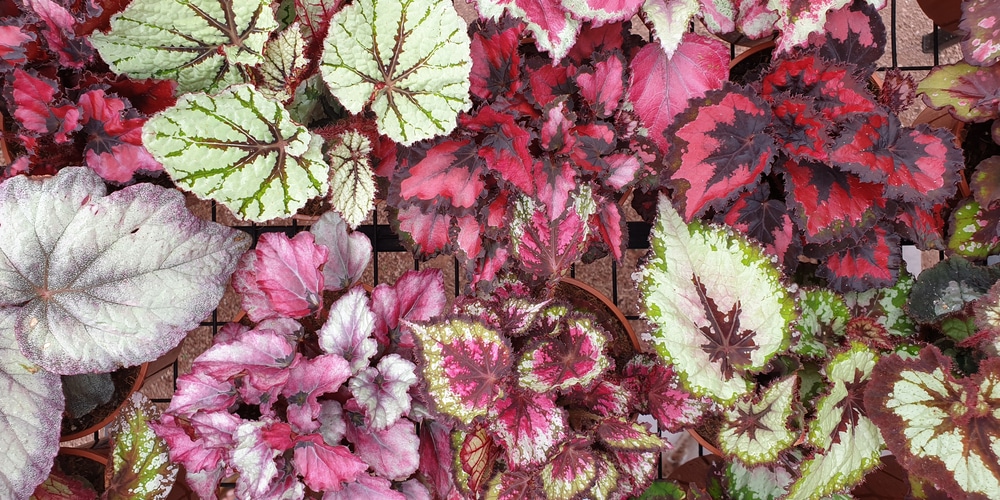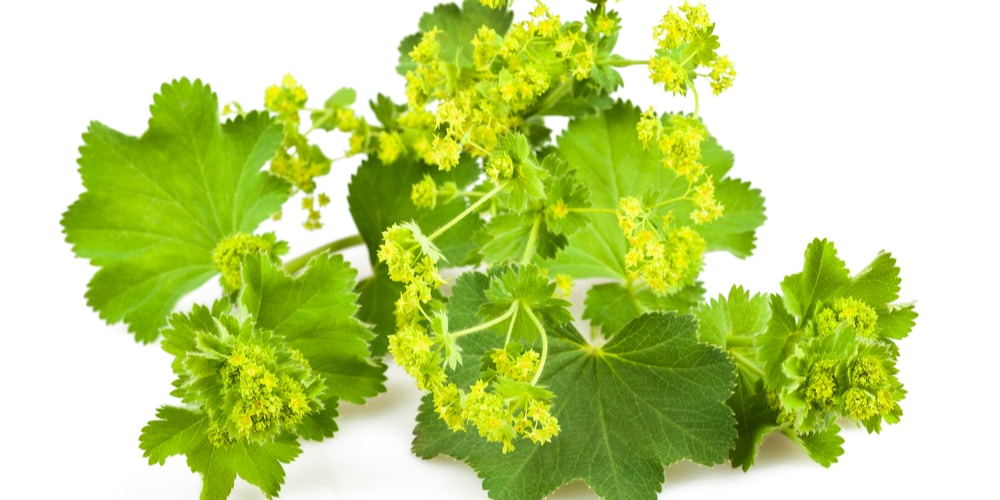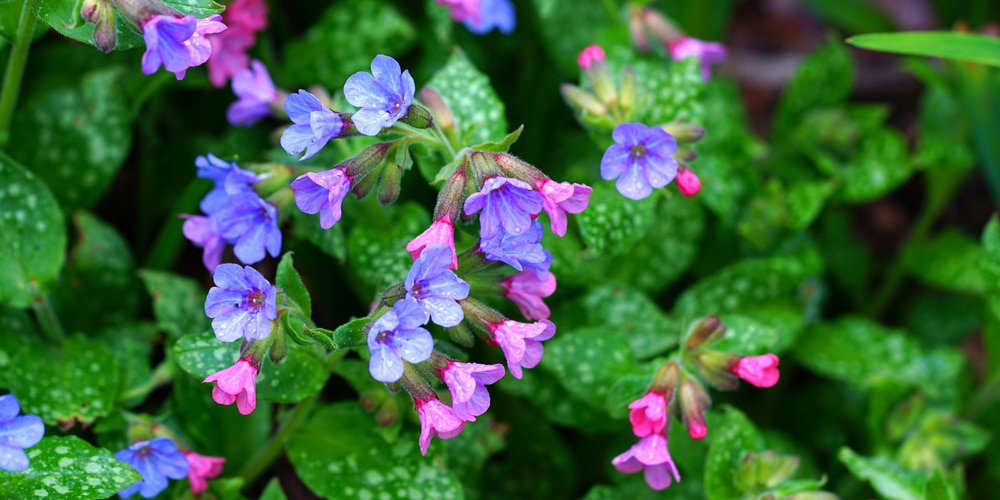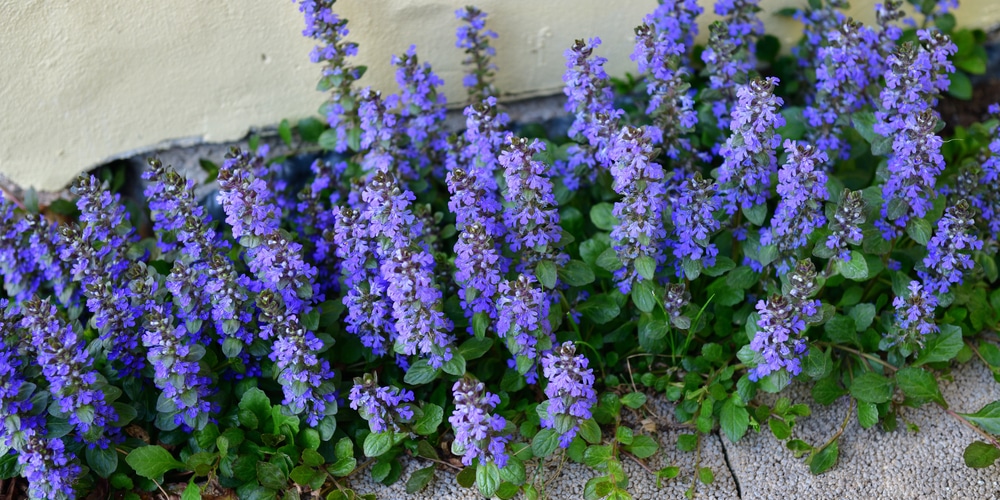Ferns are always a good idea for adding a jungly vibe to your porches, borders, or even flower beds. These plants bring feelings of wilderness and nature but are elegant and delicate-looking. The result is a versatile plant that combines well with other shade-loving plants. While these types of ferns are stunning on their own, you should consider adding Japanese Painted Fern Companion Plants to your garden for an even more unique effect.
Among all ferns, if you want to add more color and “mysterious” touch to your garden, Japanese Painted Fern is your best choice. This unique-looking plant is different from the image of plain green ferns that most likely will come to your mind when thinking about this species. Indeed, this plant has silvery leaves with purple midribs that make it more attractive than its cousins.
But don’t think that attractive looks mean more care from your side! Japanese painted ferns are one of the easiest plants to grow. They do well in acidic soils and need partial shade to thrive. However, they will also adapt to deep shade conditions. Plus, they seem to be resistant to deer and rabbits, which can come in handy if you live in areas where attacks from mammals are the norm.
Here are some beneficial Japanese painted fern companion plants.
Rex Begonia
Pair your Japanese fern with Rex Begonia to enhance its beautiful colors. These begonias offer fabulous foliage that comes in various colors, textures, and shapes. The apparent complexity of this plant will contrast and complement Japanese Painted Fern’s delicate appearance, in a stunning result. Plus, the two plants like similar conditions, so you won’t have to worry about that.
Be careful at not overwatering rex begonia, as its roots can rot quickly with too much water. If you live in cold regions, consider getting a strawberry begonia instead. It has a higher tolerance to low temperatures and is just as beautiful as its cousin.
Related Article: Begonia Growth and Care Guide
Lady’s Mantle
This plant is an attractive perennial with soft green foliage and scalloped leaves. One of its primary attractions is the yellow blooms this plant produces in the spring and early summer.
While the lady’s mantle looks stunning in the garden or inside a vase, it is also the ideal companion to Japanese Painted Ferns. Its soft foliage creates a stunning contrast with the fern’s density. Plus, if you planted ferns as hedge plants, a lady’s mantle can help you soften your property’s borders.
Lungwort
Lungwort blooms blue, white, or pink flowers that will liven up your outdoor space in the early spring. Despite their preference for low temperatures, these plants can help your garden look summery even in the winter.
Its rough leaves can be plain or spotted and complement your Japanese fern in various ways. These plants like moisture like ferns do but tolerate dry conditions too. When planted as ferns’ companions, lungworts contribute to retaining water and nutrients to the soil for the happiness of your Japanese fern.
Ajuga
If you are looking for an effective groundcover to pair with your Japanese Painted Fern, look no further than Ajuga. This plant looks beautiful all year round and contributes to forming a 6-inch carpet of grass that retains water and nutrients to the soil.
Your ferns will thrive around this plant. Plus, the show of having them together is not comparable to other pairings. Ajuga can have purple, silver, or even white creamy leaves that will complement your Japanese ferns.
Ajugas also do well in rock gardens as long as they get the water they need to survive. If that wasn’t enough, its colorful flowers are the favorites of plenty of beneficial pollinators in your garden, which is never a bad thing.
Japanese Painted Fern Companion Plants: The Bottom Line
Japanese Painted Ferns are relatively easy to grow plants that do well with shade and moisture-loving species. Make sure you select Japanese Painted fern companion plants that can thrive in your climate and soil conditions. Indeed, while aesthetics are important when choosing a plant, you also want to make sure you can provide it with what it needs for it to grow into a healthy plant and help provide your ferns with benefits.
Hopefully, our essential guide helped you get a clear idea of what plants you can consider. However, if you find a species you like with similar growing conditions that we didn’t share here, don’t hesitate to try and see how it goes!



